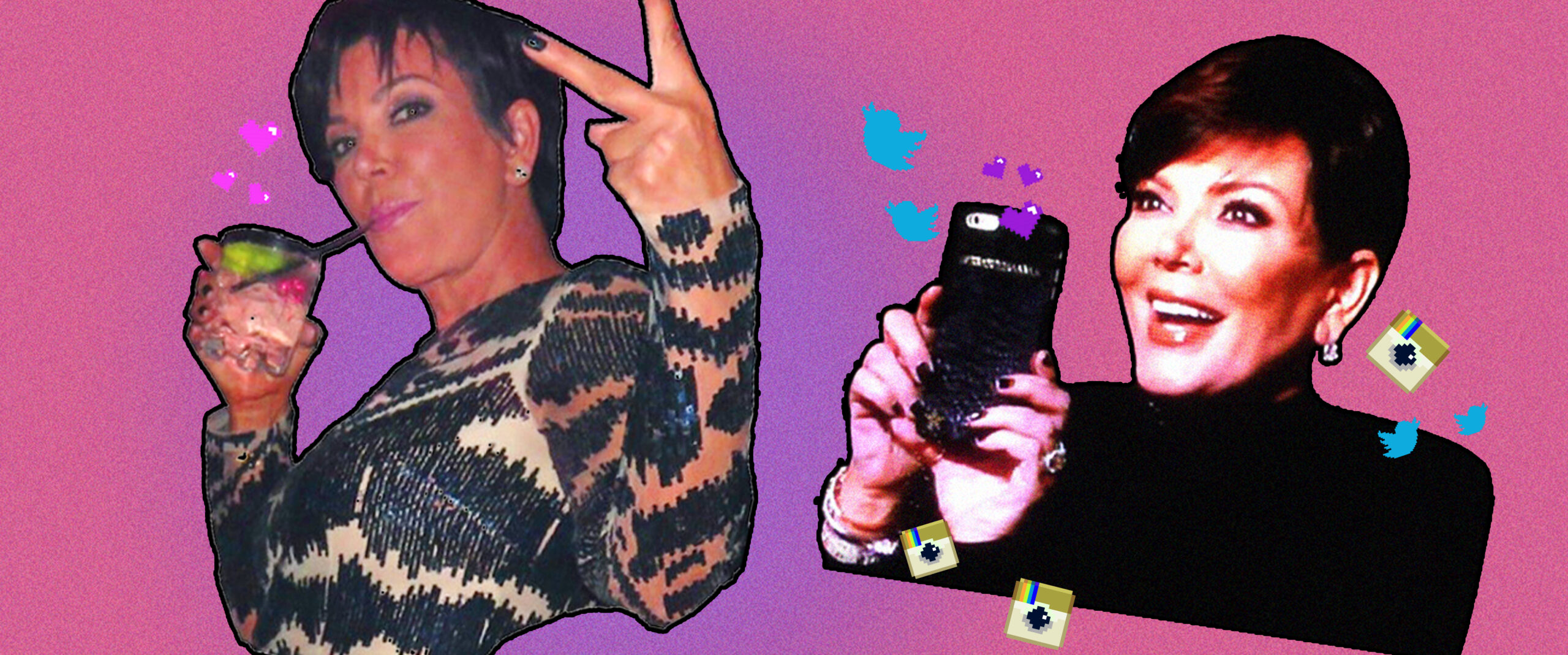I recently had dinner with a friend at a members-only restaurant that restricts the use of cell phones in the dining area. While I am certainly guilty of bringing my phone to the dinner table, I imagine this scenario would be an absolute nightmare for some.
At this particular meal, though, not having access to my phone or sharing every piece of #foodporn with Instagram was a total wakeup call and made me aware of my not so great phone habits.
Let me level set: Is it okay to take a photo while out with friends? Sure, capture the moment. Is it okay to take (with flash, ugh) full-blown photoshoots of each course? Probably not. The point is that at this dinner, not having my phone and being unable to update my social feeds allowed for real, uninterrupted conversation.
I encourage you to try the out-of-sight, out-of-mind approach, because you deserve real life interactions, and so does the person sitting across from you. Who knew—conversation over dinner without Snapchat is possible.
This mini-revelation had me wondering—said in Carrie Bradshaw voice—are we ignoring the importance of human interactions? And even worse, are we substituting social media reactions for real-life interactions? My job heavily involves social media, so I try to remind myself that while it’s an ideal tool for marketing and customer service, it’s not something that should not replace intimate gatherings with friends and family.
The amount of people even in my social circles that use social media as if they are on their own reality show or the star of a trashy talk show is deeply concerning. (Don’t get me wrong, I love both those things, but not coming from my friends.) Online there’s a facade of going out and having fun, but the “going out” portion is often used as an excuse to take photos and “live” stream what they’re doing for Instagram gains.
While I can make an argument to say social media is great for marketing, is great for connecting to users from afar, and can absolutely help those who might not be social butterflies, it’s really hard for me to imagine the harm it has done on my own and younger generations. I often think about those who rely on these platforms to connect and socialize over meeting up for a few drinks with an actual friend. Spoiler: I pick a cocktail and a friend every time.
Like I said, I can make arguments and opinions on social media’s effects on our social and mental behaviors, but I’m no professional in the subject matter. For that reason, I chatted with an expert, Dr. Adriana Torres-O’Connor (aka “Dr. A”), who currently serves as the President & CEO of Mental Health Partnerships, a peer-driven nonprofit organization that advocates for those facing mental health and addiction challenges.
Dr. Adriana Torres-O’Connor
Read on for our conversation about youth, adults, and the effects of social media as a whole.
CBM: Are the effects of social media on mental health different for adolescents versus adults?
Dr. A: Teenagers and adults are at different developmental stages in life. When looking at youth and young adults, we need to understand that social media has been integrated into their upbringing; part of this process for them has been having their lives posted for public viewing and reaction. This is very different from adults who may be within the middle to older age range.
Given the generational differences, investment and personal connection to social media is less with mid to older adults, but as youth and young adults age, their connection and reaction to social media comes with them. Developmentally, teenagers and young adults are figuring out who they are and learning how to feel competent and confident in that. That self-identify is both internal and external, so from a developmental perspective, what other people think of you is more impactful during the teenage years. Social media doesn’t shut that off during a specific time; it’s 24/7. For adults, the developmental tasks involve developing intimate, supportive and strong relationships, career development, and focusing on leaving your mark for the future.
Social media has been connected to depression, anxiety, eating disorders in teens. How true is this?
I think it’s important to understand the statistics: 50% of chronic mental health issues will develop in children before the age of 14 and 75% before the age of 24. Mental health conditions are complicated and develop from an array of stressors that can involve biological, psychological, social and environmental factors.
The influence of social media can have an impact on the self-perception of a teenager. Because of where teenagers are in their psychological and emotional development, they can be vulnerable in combination with other factors to positive and negative feedback on social media, which can contribute to the development of a mental health challenge. But it’s not the sole cause.
Is less face time (real-life interactions) directly tied to mental illness?
We can’t attribute one cause of mental illness; it’s complex and multifaceted. That said, the quality of someone’s relationships do play into how safe, supported, accepted and cared for people feel, and that can influence someone’s feelings of anxiety and depression.
What advice can you give for those looking to keep social media but use it in healthier ways?
I think the age-old saying of “everything in moderation” is important to remember. People by nature are social creatures and benefit from social interaction and connectedness. When you start changing the natural inclination of someone or something, there are going to be consequences.
***
While we can’t point a finger directly at social media, we can make assumptions that it can, particularly within certain developmental stages, play a larger role in socialization and impact self-perception of younger teens. And regardless of your age, take Dr. A’s advice with you into the new year—everything in moderation!




